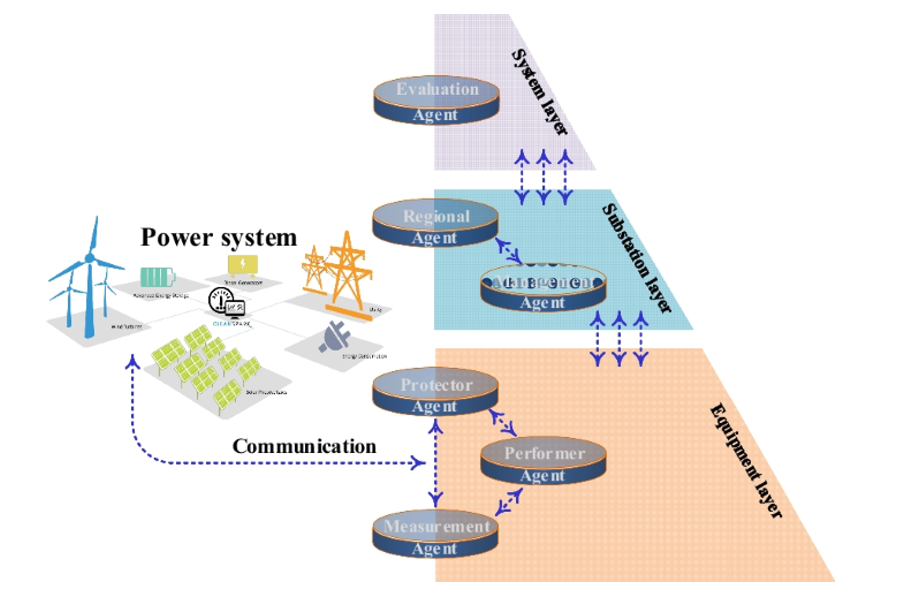Cyber-Resilience Strategies for Smart Microgrids: Classification, Construction, Recent Trends, and Policy Framework
Keywords:
Smart Microgrids, Cyber–Physical Systems, Cyber-Resilience Strategies, Cyber-Attack Classification and Construction, Artificial Intelligence and Anomaly DetectionAbstract
Smart microgrids, as critical enablers of sustainable and decentralized energy systems, are increasingly dependent on the integration of cyber–physical systems (CPS) that combine distributed generation, energy storage, and advanced communication networks. While this digitalization enhances operational efficiency and flexibility, it also exposes microgrids to sophisticated cyber threats capable of undermining reliability, stability, and security. This article provides a structured analysis of cyber-resilience strategies for smart microgrids, addressing six core dimensions. First, the nature of CPS in smart microgrids is examined alongside the operational and security challenges associated with their convergence. Second, cyber-attacks are systematically classified to capture their diversity and potential impact, followed by a discussion of their construction and exploitation pathways within microgrid environments. Third, the study reviews recent trends in resilience strategies, including zero-trust architectures, defense-in-depth, secure firmware lifecycles, AI-driven anomaly detection, and advanced networking solutions such as SDN and TSN. Building on these insights, a multi-dimensional agenda is proposed that integrates governance, security architectures, communication resilience, incident response, intelligence sharing, capacity building, cryptographic agility, and AI-based monitoring. Finally, a policy framework is developed to guide regulators, operators, and stakeholders in translating these strategies into actionable measures for enhancing resilience.





